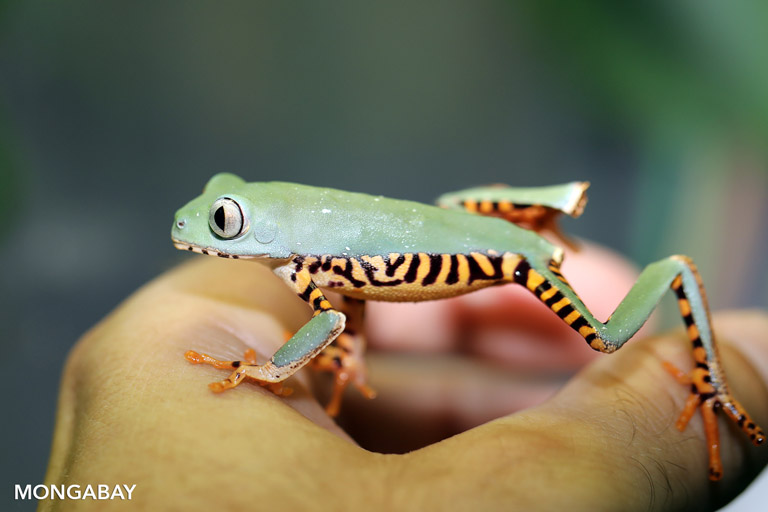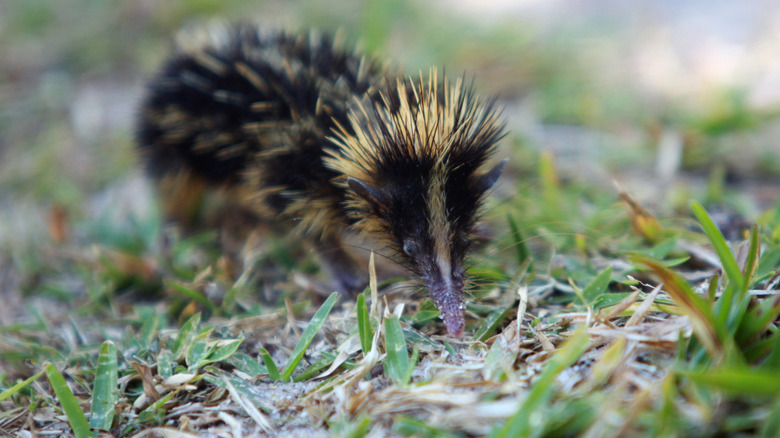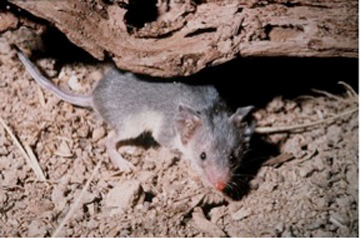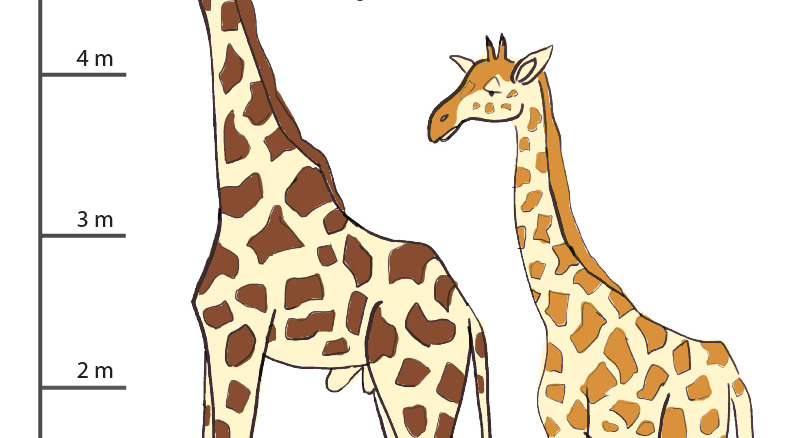Take the tiger quiz to find out!
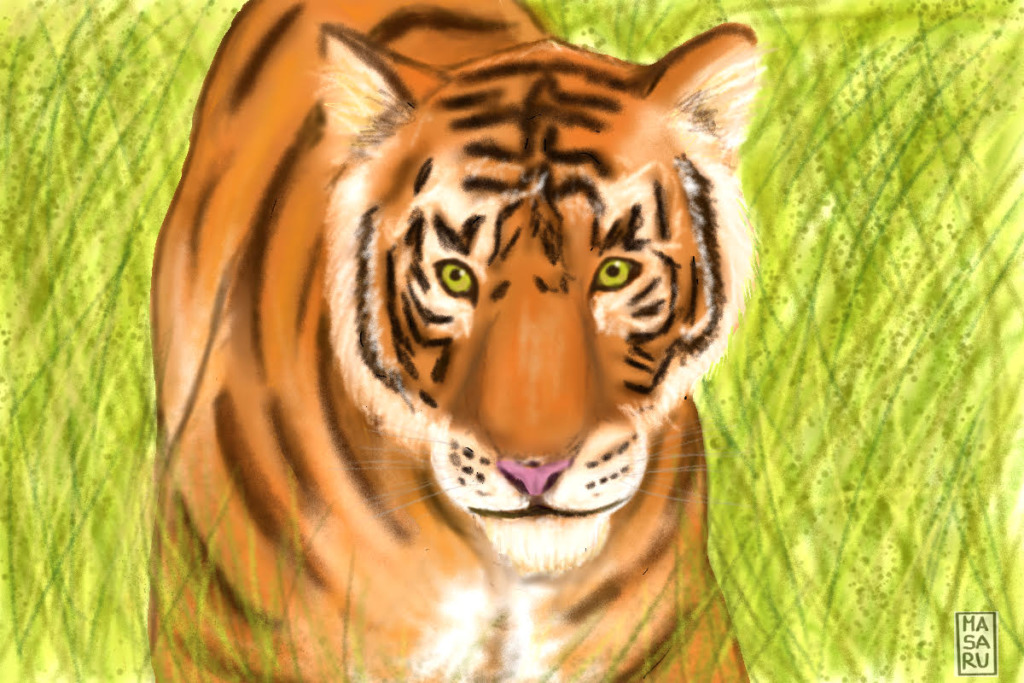
1. True or False? Tigers are the biggest cats on Earth.
Answer: True today, but maybe not in the past.
Tigers are the largest living cat species. An adult male tiger can weigh more than 600 pounds (300 kg). Female tigers are smaller than males – a male tiger can weigh 1.7 times as much as a female.
There have been many cat species in the history of Earth. And possibly some of them have been larger than the modern tiger. One candidate for largest cat species ever is Machairodus lahayishupup, a species of saber-toothed cat that lived around 8-9 million years ago in North America.
There may be even larger cat species lurking in the fossil record waiting to be discovered!

2. True or False? Tigers are green, not orange.
Answer: True, at least for some animals!
Tigers eat deer and other hoofed mammals in their grassland and forest habitats. Deer have dichromatic vision, which means that they have only two types of photoreceptors in their eyes. This limits the colors that deer can see. To deer, tigers appear green.
Primates, including humans, have trichromatic vision which allows us to see a much wider range of colors than deer can. Trichromatic vision allows us to see that tigers are orange.
What deer see (on the left) vs. what we see (on the right):
With deer vision, it is hard to spot the tiger surrounded by the grass and bushes. The tiger is well camouflaged.
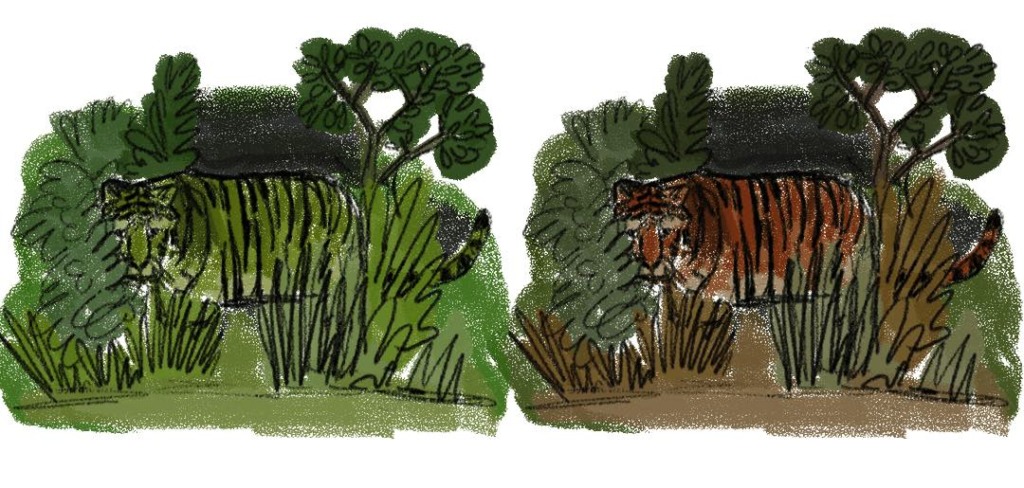
3. True or False? Tigers get together in large groups and have parties.
Answer: False!
Unlike lions, tigers do not live in large family groups. Adult tigers spend most of their time alone unless a mother cat is raising cubs or a male and female are coming together to mate.
Tiger cubs will live with their mom until they are between 18 months and two years old. Then they will leave to find their own range where they will live mostly alone.
More about tigers!
Coloring page
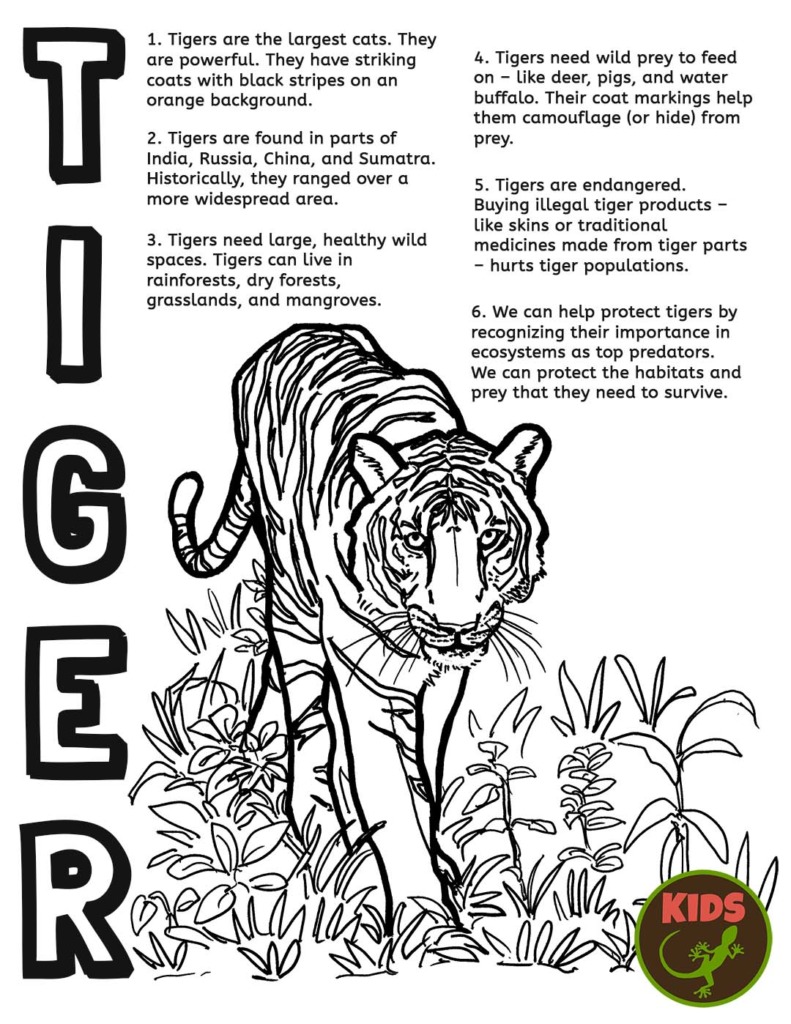
Additional resources for parents/educators:
WWF: International Tiger Day information
Panthera: Tiger facts & conservation information
Reference:
Fennell JG, Talas L, Baddeley RJ, Cuthill IC, Scott-Samuel NE. Optimizing colour for camouflage and visibility using deep learning: the effects of the environment and the observer’s visual system. J R Soc Interface. 2019 May 31;16(154):20190183. doi: 10.1098/rsif.2019.0183. Epub 2019 May 29. PMID: 31138092; PMCID: PMC6544896.


